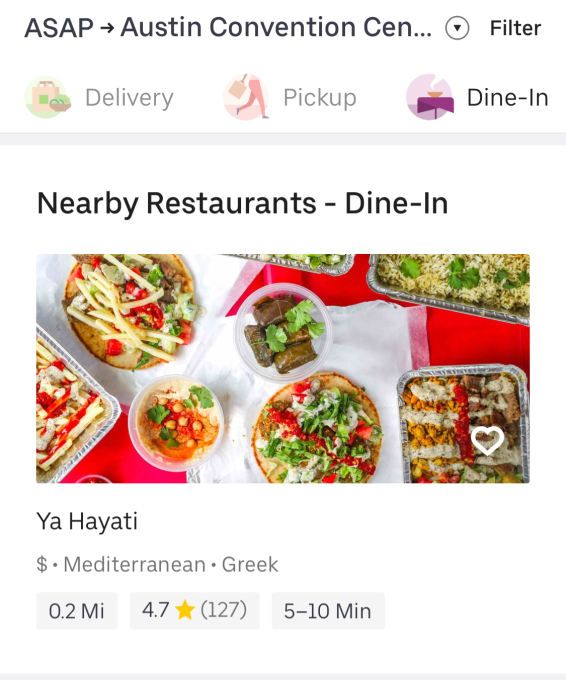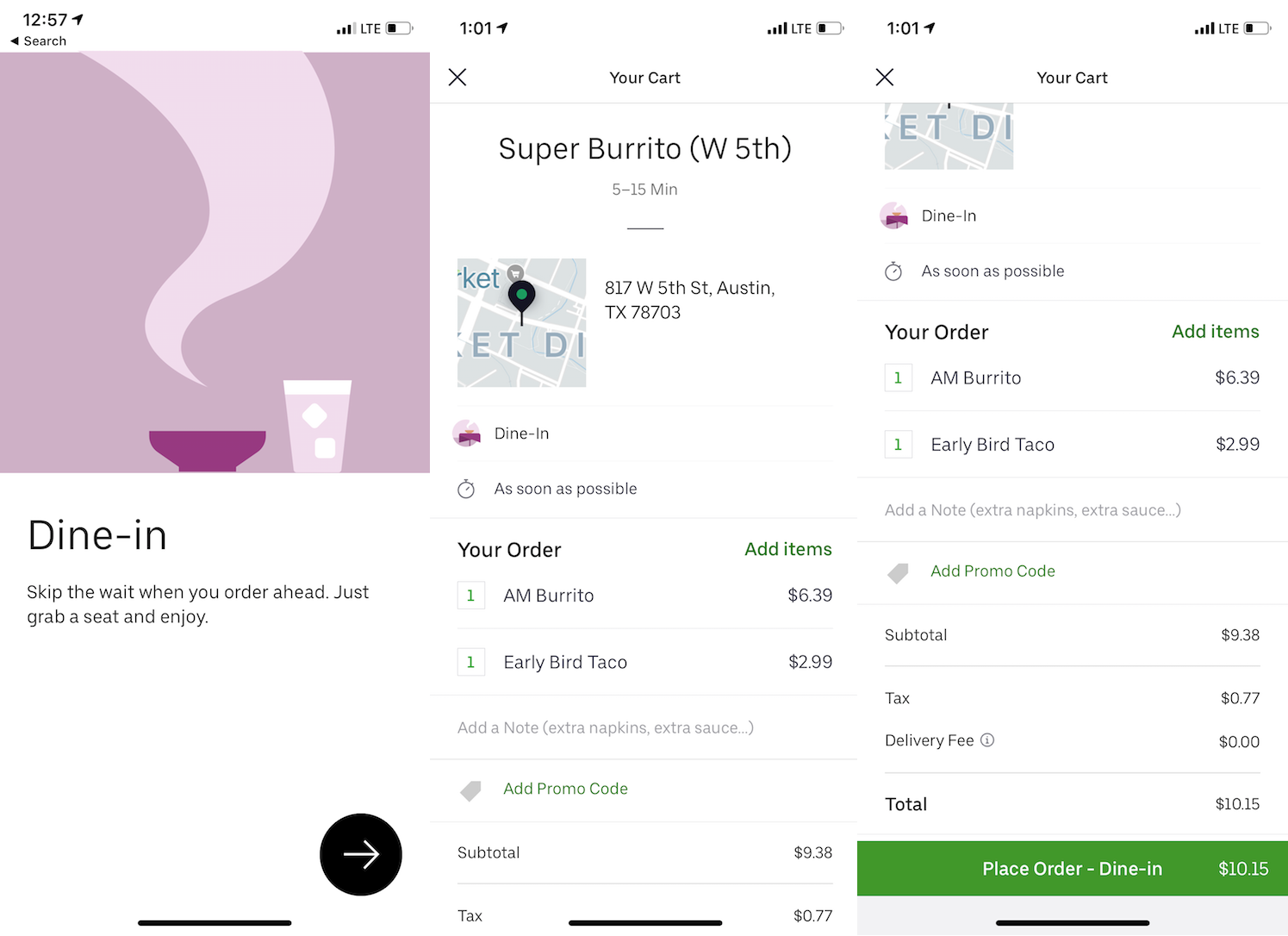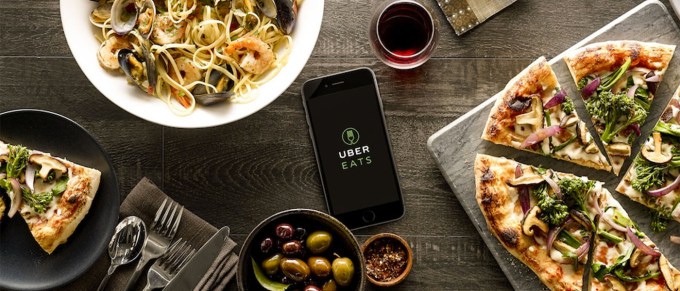
Image Credit: jclor
So here’s an interesting challenge for you: what would you do if your business started to take off in a direction that you had not originally planned on? Would you stop what you had been doing and focus on the new direction? Or would you try to serve all of your customers no matter how they came to your business? Restaurant product managers are facing this very problem right now. They have traditionally operated restaurants where people would come to eat their food. However, in part to the pandemic, home delivery of their food changed their product development definition and has taken off and become a big part of the business. What’s a product manager to do now?
A New Way Of Doing Business
As the U.S. hospitality industry started to rebound from the pandemic closures, their product managers found themselves moving into the food-hall business. This meant marrying the traditional dine-in model with delivery-only “ghost kitchens” in hopes of solving revenue problems that have long plagued both retail and food spaces. Some of the product managers who are doing this have plans for 1,000 ghost kitchens by the end of the year. This would look good on anyone’s product manager resume. The move to inject new life into spaces such as food courts comes as ghost kitchens gained momentum when restaurants closed and more people turned to food-delivery services during the Covid-19 pandemic.
With plans to lease space in Brookfield and Simon malls across the U.S. product managers are betting that housing dine-in and as many as 10 delivery-only kitchens in a single location – such as a mall, hotel or restaurant – will allow them to maximize profits and efficiency. The goal is to have these restaurants and food halls are operating almost at a 24-hour perspective. You may walk into a restaurant in Chicago or New York or Austin…but in the back, they will have seven to 10 of their other brands being cooked there for delivery.
For one product manager, their first food hall opened in New York City at Manhattan West, as people returned to work. The 40,000-square-foot space includes some of the company’s more than 40 brands, among them Umami Burger and Krispy Rice, a delivery-only sushi-restaurant concept. For landlords, having a partner with hospitality expertise and ownership of multiple brands helps fuel new experiences in their premises. It also allows them to offer their tenants room to enhance their revenues. There is no one-size-fits-all approach to a food hall. It is possible that some could include rooftop entertainment options.
Say Hello To The Ghost Kitchens
It turns out that food halls are expensive to build and operate, and require close monitoring. Brands that might struggle to draw a lot of foot traffic and sales might need to be replaced in as little as weeks. Operators need to manage the flow of customers well, so that the existing dine-in experience remains unaffected while other parts of the kitchen could be used for online orders and pickup. Product managers realize that most full-service restaurants weren’t designed to do a lot of takeout, so their physical infrastructure generally is not set up to do so. As more kitchens reopened for dine-in service, product managers didn’t expect an easing of pandemic restrictions to take the luster off their delivery businesses. Sales in markets that have reopened might have dipped for a week or two, but then they seem to go right back to full steam ahead.
Customers are continuing to use this, because it’s an easy alternative to get the best restaurant food that they’re looking for brought conveniently to them. Ghost kitchens popped up all over the U.S. as food delivery surges and dining at restaurants plummeted amid the pandemic. These businesses, which can host food preparation for multiple restaurants at a single location, are attracting interest from product managers as a way to grow their business. Investors have also entered the food-delivery business. Entities spent more than US$130 million on property acquisitions for CloudKitchens, a startup that rents out space to ghost kitchens. Every type of restaurant is looking for alternatives to their brick-and-mortar right now.
What All Of This Means For You
The pandemic changed a lot of things in the world in which we live. For a year everyone stayed home and didn’t go out. One of the types of businesses that was hardest hit by the pandemic was the restaurant business. However, in order to survive, they had to adjust. What these product managers did was to update their product manager job description and start to create meals and deliver them to people’s homes. Now that the pandemic has passed, what are these product managers to do? Should they go back to the old way of running a restaurant or should they embrace the new world order?
Since the demand for home delivery of food was so great, many product managers quickly ran out of space in their restaurant to create enough food to service all of their customers. In order to solve this problem, they started to create so-called delivery-only “ghost kitchens”. Now that the pandemic is over, product managers are still seeing a need for this extra kitchen space. The goal is to set them up so that they can be run 24×7. Each one of these ghost kitchens is different and they may all serve different customers. If a ghost kitchen has been added to an existing kitchen, then product managers have to balance the needs of the dine-in customers with the needs of the delivery side of the business. Even after the pandemic, customers are showing that they still want to be able to enjoy restaurant food at home.
The world has changed and restaurant product managers have had to change with it. The pandemic provided many of them with an opportunity to discover a whole new revenue stream – home delivery. Now that the pandemic has eased, product managers have to deal with both dine in customers and their existing home delivery customers. Balancing the two sets of customers is a challenge that product managers need to learn how to do. If they can master this art, then they can enjoy having their business grow faster than they ever thought that it could.
– Dr. Jim Anderson
Blue Elephant Consulting –
Your Source For Real World Product Management Skills
Question For You: Do you think that restaurants should stop dine in customers and just do home delivery?
P.S.: Free subscriptions to The Accidental Product Manager Newsletter are now available. It’s your product – it’s your career. Subscribe now: Click Here!
What We’ll Be Talking About Next Time
When was the last time that you thought about the tires that are on your car? I’m willing to bet that it probably hasn’t been since you had a problem with them. Either the “low pressure” bulb on your dashboard lit up or you had a flat tire. However, I think that we can all agree that no matter how plain or fancy your car is, the tires are a critical part of it. What this means for you is that it would be nice if you could stay on top of what your tire’s current status was. Perhaps you could even discover a situation where you were going to have a flat tire before it happened.
The post Are “Ghost Kitchens” The Solution For Restaurant Product Managers? appeared first on The Accidental Product Manager.








